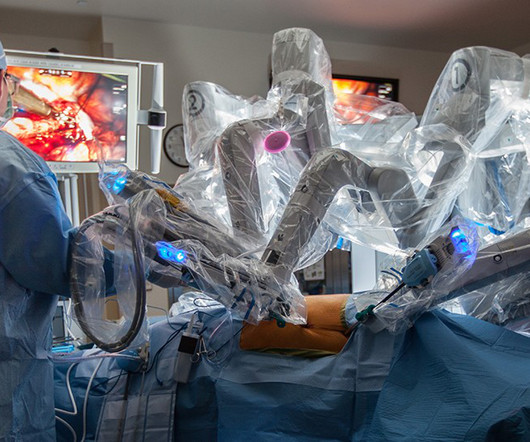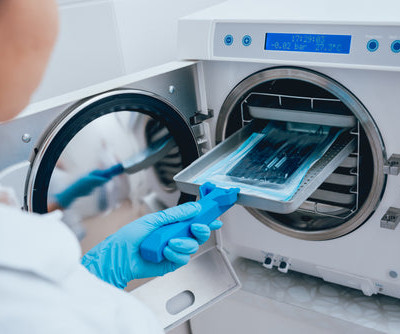CAPTAIN OF THE SHIP IN THE OPERATING ROOM
The Anesthesia Consultant
JUNE 6, 2025
Who is the Captain of the Ship in the operating room, the surgeon or the anesthesiologist? The Captain of the Ship doctrine was a 20 th century legal doctrine which held that, in an operating room, the surgeon was “liable for all actions conducted in the course of the operation.”











Let's personalize your content